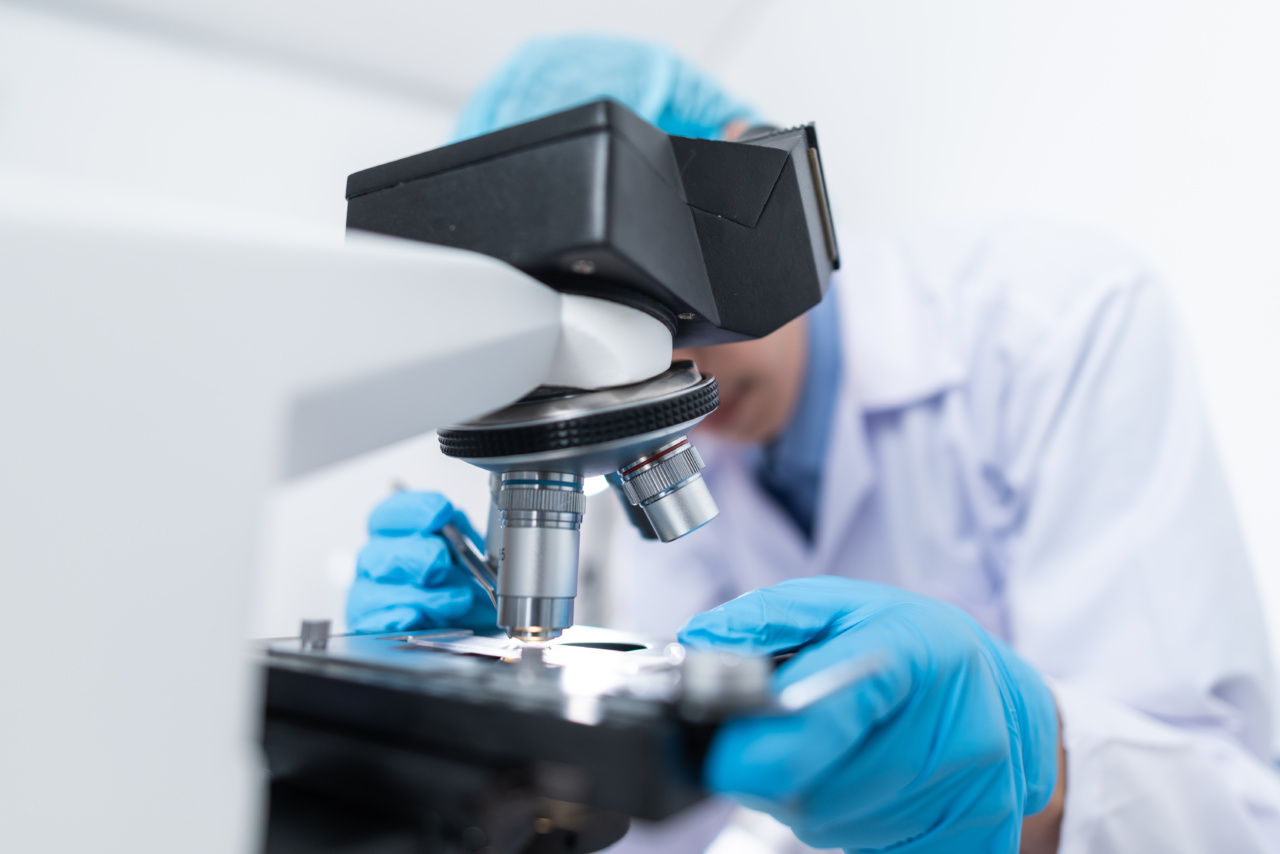In recent years, significant advancements have been made in the field of drug development for partitioning diseases.
Partitioning diseases, also known as compartmental diseases, are characterized by the abnormal division or separation of certain body parts or organs. These disorders can range from musculoskeletal conditions such as limb length discrepancies, to neurologic conditions such as cerebral palsy.
The development of innovative drugs and therapies for partitioning diseases has the potential to greatly improve the quality of life for those affected.
1. Targeted Therapies
One of the most notable innovations in drug development for partitioning diseases is the emergence of targeted therapies.
Traditional drug development methods often involved a generalized approach, where drugs affected multiple areas of the body, leading to various side effects. However, targeted therapies are designed to specifically address the underlying causes of partitioning diseases.
These therapies work by targeting specific molecules or pathways that are responsible for the abnormal partitioning, resulting in more effective treatment and reduced side effects.
2. Gene Therapy
Another groundbreaking innovation in drug development for partitioning diseases is the use of gene therapy. Gene therapy involves introducing genetic material into a patient’s cells to correct or modify the function of certain genes.
In the context of partitioning diseases, gene therapy can be used to correct genetic mutations that contribute to abnormal partitioning. This approach holds immense potential for conditions such as muscular dystrophy, where gene mutations play a significant role.
3. Stem Cell Therapy
Stem cell therapy has also emerged as a promising avenue for the development of drugs for partitioning diseases. Stem cells possess the unique ability to differentiate into various types of cells in the body.
By utilizing stem cells, researchers can potentially regenerate or repair the affected tissues or organs in partitioning diseases. This approach has shown promise in conditions such as spinal cord injuries, where the transplantation of stem cells can promote nerve regeneration and restore function.
4. 3D Printing
Advancements in 3D printing technology have had a significant impact on drug development for partitioning diseases.
3D printing allows the creation of complex structures with precise dimensions, making it ideal for creating customized medical devices and implants. In the context of partitioning diseases, 3D printing can be used to develop patient-specific implants or prosthetics that accurately fit the affected body part.
This not only improves the effectiveness of treatment but also enhances patient comfort and mobility.
5. Pharmacogenomics
Pharmacogenomics, the study of how genetics influence a person’s response to drugs, has opened up new possibilities in drug development for partitioning diseases.
By analyzing an individual’s genetic makeup, researchers can predict their response to specific drugs and tailor treatment accordingly. This personalized approach ensures that patients receive the most effective and safe treatments for their conditions, minimizing the risk of adverse drug reactions and optimizing therapeutic outcomes.
6. Nanotechnology
Nanotechnology has revolutionized drug development in various fields, including partitioning diseases. Nanoparticles, which are particles on the nanoscale, can be engineered to transport drugs to specific target areas in the body.
This targeted drug delivery system improves drug efficacy while minimizing systemic side effects. Additionally, nanoparticles can be designed to carry therapeutic genes or molecules, offering a novel approach to treating partitioning diseases at the cellular level.
7. Artificial Intelligence
Artificial intelligence (AI) has found applications in drug development for partitioning diseases, particularly in the realm of drug discovery and development.
AI algorithms can analyze vast amounts of data, enabling researchers to identify potential targets for drug intervention more efficiently. Additionally, AI can aid in the design of new molecules or compounds with improved therapeutic properties.
By utilizing AI technologies, the drug development process can be accelerated, potentially leading to the discovery of new treatments for partitioning diseases.
8. Combination Therapies
Partitioning diseases often require a multifaceted approach to treatment. Combination therapies, which involve the use of multiple drugs or treatment modalities, have become increasingly important in drug development.
By combining different therapies, researchers can target the various underlying mechanisms and pathways involved in partitioning diseases. This approach has shown promise in conditions such as rheumatoid arthritis, where a combination of pharmacological and biologic therapies can effectively manage symptoms and slow disease progression.
9. Virtual Reality
Virtual reality (VR) technology has gained attention in the field of rehabilitation for partitioning diseases. VR-based interventions can provide immersive environments that facilitate movement, coordination, and training of affected body parts.
This technology can be particularly beneficial for conditions such as stroke or spinal cord injuries, where motor function rehabilitation is crucial. The integration of VR into drug development for partitioning diseases offers innovative and engaging approaches to promote functional recovery.
10. Drug Repurposing
Drug repurposing, also known as drug repositioning, involves finding new therapeutic uses for existing drugs.
This strategy has become increasingly prevalent in drug development for partitioning diseases, as it offers a cost-effective and time-efficient approach. By repurposing drugs that have already undergone safety testing, researchers can expedite the drug development process.
This approach has shown promise in conditions such as Parkinson’s disease, where existing drugs designed for other indications exhibit potential neuroprotective effects.





























